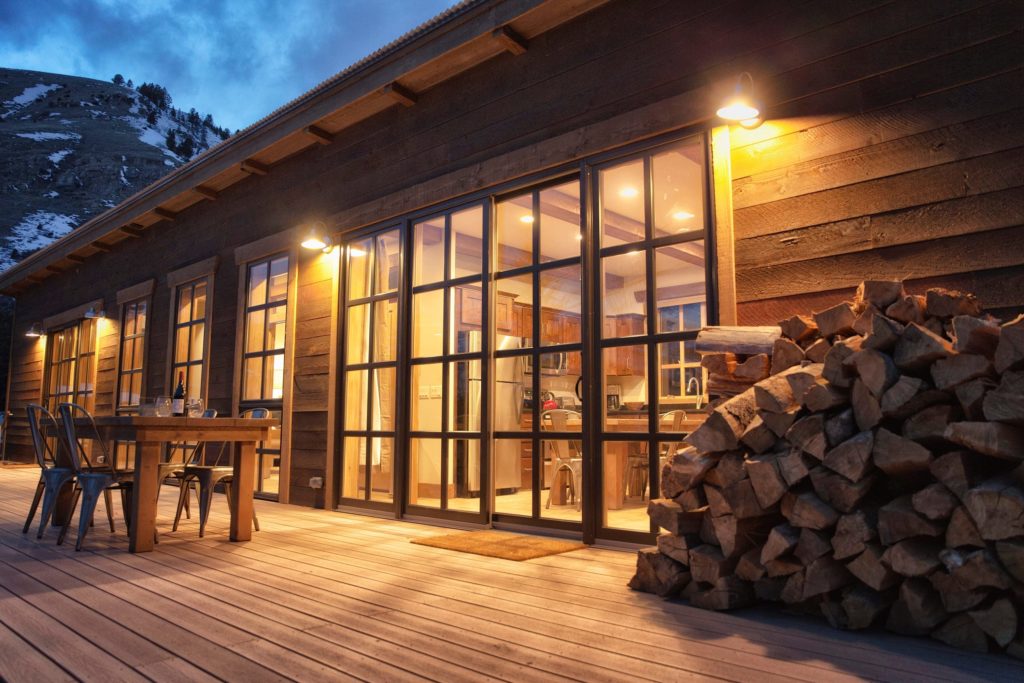Mobile and HUD Manufactured Housing have been integral to the fabric of American residential development for nearly a century. The narrative of these unconventional homes is a tapestry woven with strands of economic necessity, social innovation, and governmental intervention.

The genesis of mobile homes can be traced back to the early 1920s. Initially, they were not designed as permanent residences, but as easily portable, minimalist living spaces for holiday-goers and transient workers, embodied by the “auto campers” and “travel trailers”. However, the Great Depression transformed these vacation spots into year-round homes for those financially devastated.

The Post-World War II era brought a significant boost to the mobile home industry. As thousands of returning veterans sought affordable housing, the appeal of mobile homes grew. The economy of scale in their production made them an attractive option for the expanding middle class. Consequently, the mobile home industry experienced explosive growth with several companies, such as Skyline and Fleetwood, entering the market.
However, the mobile home industry’s rapid expansion wasn’t without challenges. Issues related to the quality of construction, safety, and site planning became more apparent as the population living in mobile homes increased. The absence of standardized construction guidelines led to uneven quality across the industry, which often resulted in unsafe living conditions.

Recognizing these problems, in 1974, the U.S. Congress passed the National Manufactured Housing Construction and Safety Act, which authorized the Department of Housing and Urban Development (HUD) to establish construction and safety standards for mobile homes. The term “manufactured home” was coined, replacing “mobile home”, to emphasize the new regulated, higher-quality housing product.

Under the HUD code, manufactured homes must meet a series of regulatory standards, including structural design, construction, fire safety, and energy efficiency. With these regulations in place, the quality of manufactured homes significantly improved, and they became a viable option for permanent, affordable housing. It also led to the creation of larger, multi-section homes, which were almost indistinguishable from traditional site-built homes.
Despite improvements in quality and safety, manufactured homes still grapple with a degree of social stigma, often perceived as lower quality or “trailer park” housing. Nonetheless, they have increasingly been recognized as an essential solution to affordable housing challenges, particularly in rural and low-income urban areas.

By the turn of the 21st century, nearly 20 million Americans lived in manufactured homes, accounting for about 7% of the total U.S. housing stock. The 2008 economic downturn saw a resurgence in the demand for manufactured homes, providing affordable housing solutions during the crisis.

In the present day, technological advancements and sustainable design concepts have further transformed the manufactured housing industry. Energy-efficient designs, the incorporation of smart home technologies, and customizable floor plans make today’s manufactured homes increasingly attractive to a broader demographic.

The journey of mobile and HUD manufactured housing in the U.S. illustrates a tale of evolution driven by economic demands, governmental oversight, and technological advancements. Despite the challenges and stigmas associated with these homes, they remain a critical component of America’s affordable housing landscape. The future of this industry, if steered by innovation and inclusive policies, holds immense potential in addressing the country’s ongoing housing affordability crisis.



